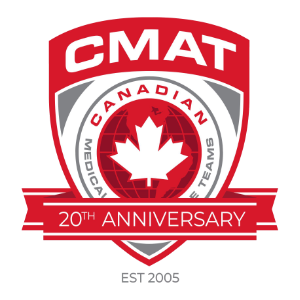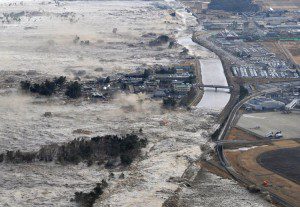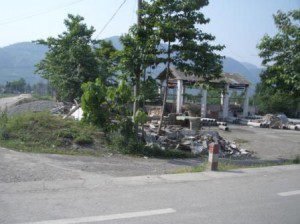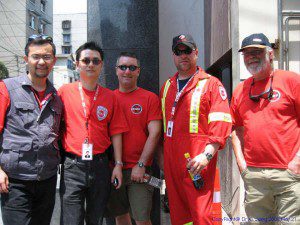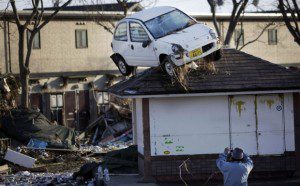
A man takes a picture in Sendai, northern Japan, of the aftermath of the tsunami. (Photo Courtesy Junji Kurokawa/AP)
Saturday, March 12, 2011 – Canadian Medical Assistance Teams (CMAT) is deploying its rapid disaster assessment team to Sendai, Japan, scheduled to leave Sunday morning from Vancouver. The organization is also making an emergency appeal for donations to help the people of Japan after the powerful 8.9 magnitude earthquake and ensuing tsunami devastated the region on Friday, which is centred about 300km north of the capitol, Tokyo. Officially, 649 people are confirmed dead, and numbers are expected to increase sharply. There remains no contact with about 10,000 people in Minamisanriku, more than half the town’s population.
